Books

As Is
Poems
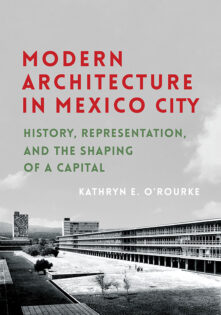
Modern Architecture in Mexico City
History, Representation, and the Shaping of a Capital

Imperfect Present
Poems

The Paradox of Violence in Venezuela
Revolution, Crime, and Policing During Chavismo
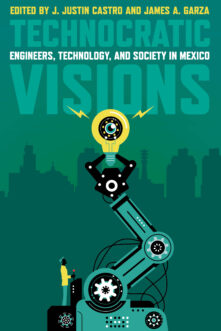
Technocratic Visions
Engineers, Technology, and Society in Mexico
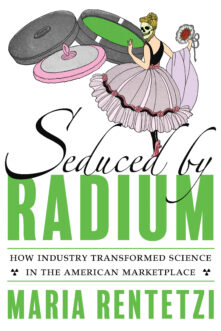
Seduced by Radium
How Industry Transformed Science in the American Marketplace
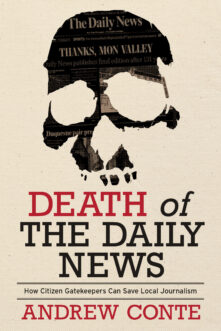
Death of the Daily News
How Citizen Gatekeepers Can Save Local Journalism
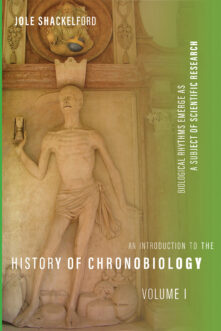
An Introduction to the History of Chronobiology, Volume 1
Biological Rhythms Emerge as a Subject of Scientific Research

The Language of the In-Between
Travestis, Post-hegemony, and Writing in Contemporary Chile and Peru
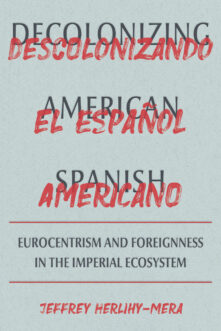
Decolonizing American Spanish
Eurocentrism and Foreignness in the Imperial Ecosystem
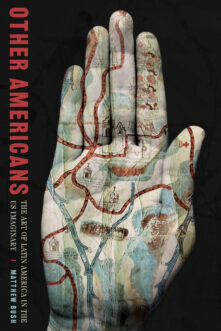
Other Americans
The Art of Latin America in the US Imaginary
Total 1551 results found.


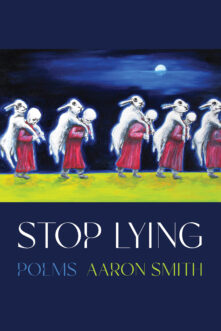

![banana [ ] banana [ ]](https://upittpress.org/wp-content/uploads/2022/05/9780822966937-scaled-221x286.jpg)
